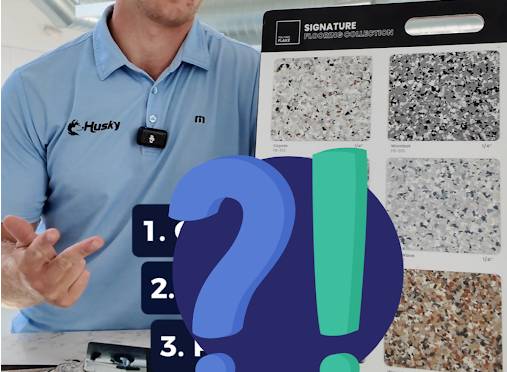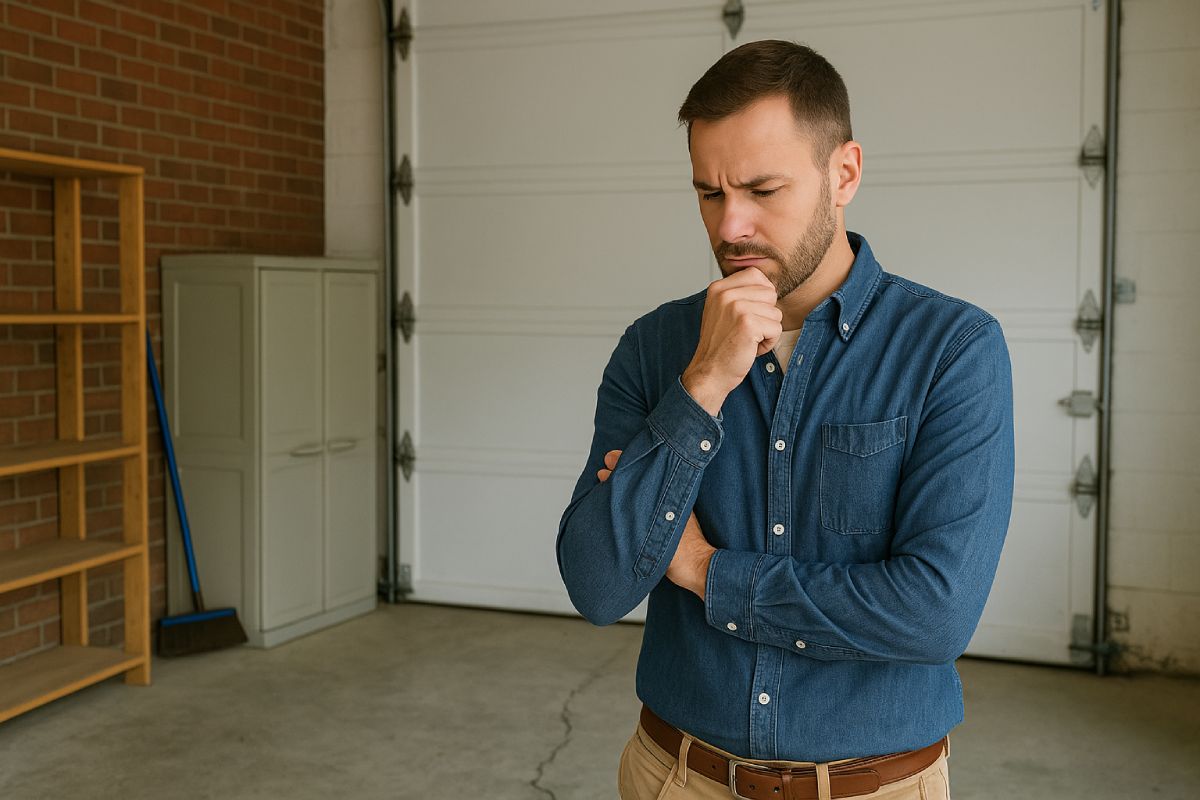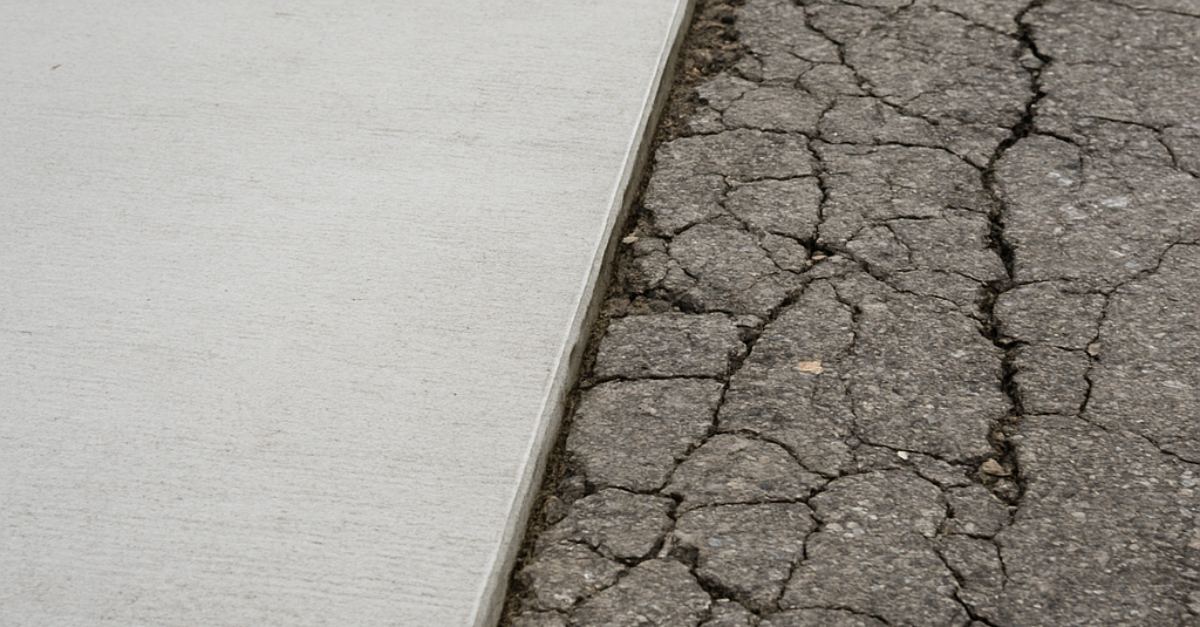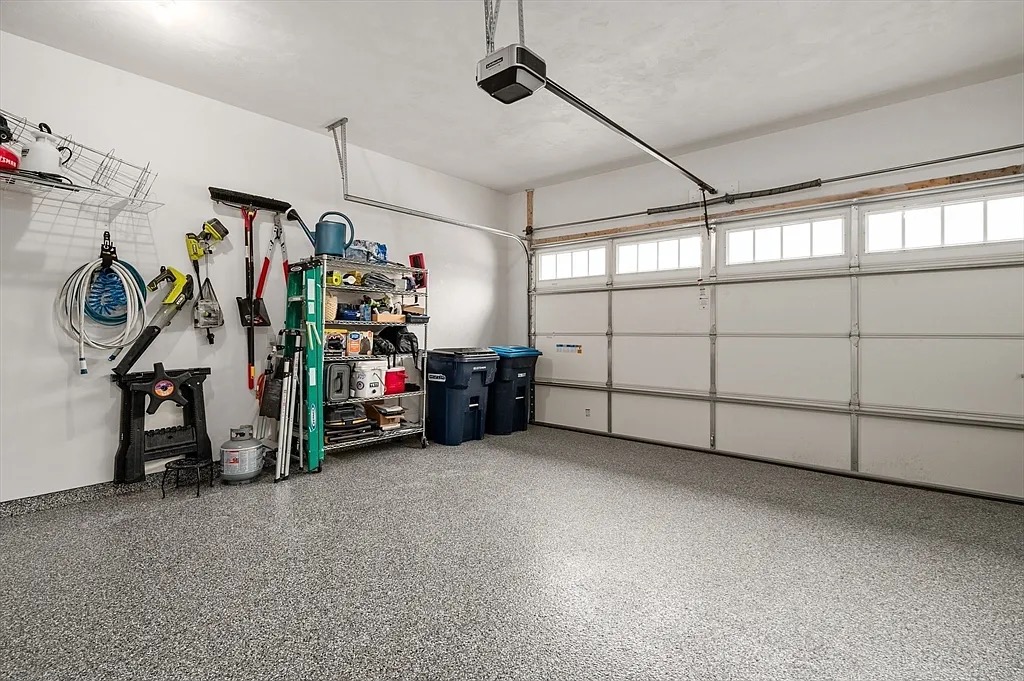
How Does Epoxy Flooring Work?
Before you spend money on an epoxy floor, it’s worth understanding how it actually works. What’s being applied to your concrete, how it bonds, and why it lasts years longer than paint or sealer. Here’s the breakdown of what’s really happening under the surface.
What Epoxy Is (And Why It’s Tough as Nails)
Epoxy flooring is made by mixing two parts: resin and hardener. When those two meet, they react and form a rock-solid surface that fuses right into the concrete. It’s not sitting on top of your floor — it actually becomes part of it.
How Installation Works
-
The concrete substrate is thoroughly cleaned and ground to remove contaminants, old coatings, and provide a roughened surface for maximum adhesion.
-
Cracks and imperfections are patched, and a moisture barrier may be applied if the slab has excess moisture.
-
Some installers use a primer coat as a foundation, which penetrates the concrete and prepares the surface for the epoxy base layer.
-
The epoxy base coat (a mixture of resin and hardener) is applied, often with pigmented color or decorative flakes.
-
After curing, a clear topcoat (often polyaspartic for extra durability and UV protection) is applied to seal and protect the floor.
-
The total curing time is typically 1–3 days, with light use after 1 day and full use after 3 days.
Why It Lasts
Epoxy’s chemical reaction with both its hardener and the concrete creates an integrated, rock-hard layer. It bonds far deeper than paint or surface sealer, making it highly resistant to mechanical wear, moisture, chemicals, and UV damage. Proper surface preparation and use of quality products are essential for decades-long durability.
Benefits
Homeowners value epoxy for its toughness, easy cleaning, and glossy finish. Epoxy floors resist car fluids, salt, oil, and impacts; they also add visual appeal and value to garages, basements, and commercial spaces.
If you want a floor that truly lasts, epoxy’s blend of prep work, chemistry, and expert application is what makes the difference
Step 1: Prepping the Surface
This is the MOST IMPORTANT part of the process. We grind the concrete to remove dirt, coatings, and anything that could stop the epoxy from bonding. The goal is to open up the surface so the coating can grab hold.
If there are cracks or divots, we patch those up. If there’s moisture in the slab, we add a moisture barrier. Basically, we make sure the floor is ready before anything touches it — that’s what separates a good job from a failed one. Propper prep and products will allow your floor to last decades.
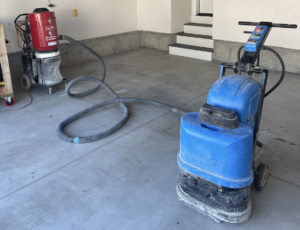
Step 2: The Base Coat
Next, we roll on the base coat — this is what soaks into the concrete and locks everything down. Depending on the look you want, we might toss in decorative flakes or metallic pigments.
Step 3: The Topcoat
Once the base layer cures, we apply a clear topcoat — usually a polyaspartic coating. This seals everything in, adds UV protection, and gives that glossy, showroom finish that’s easy to clean and tough to scratch. All flake floors will naturally have grip, but during this step we have the option of adding additional grip.
Step 4: Curing Time
Epoxy floors typically take about one to three days to fully cure. For a garage, you can walk on it the day after we finish, and drive on it after 3 days.
Why Homeowners Love It
It’s durable, low-maintenance, and looks sharp. It holds up to cars, salt, oil, and anything else that would destroy a bare concrete slab. You can sweep it, mop it, or just admire it — it’s that easy. Plus, it adds value to your home and gives your space a finished look.
Bottom Line
So how does epoxy flooring work? It’s a mix of chemistry, prep work, and craftsmanship. When done right, it bonds tight, cures hard, and leaves you with a surface that’s as durable as it is good-looking.
If you’re thinking about upgrading your garage, basement, or commercial space, we’d be happy to show you what a proper epoxy floor can do. Reach out today and let’s get your project started.
continue reading
Related Posts
A new floor doesn’t just make your space look brand
Concrete takes a beating. Driveways crack, garage floors stain, patios
TLDR – Quick Answer Resurfacing typically costs 40% to 60%

